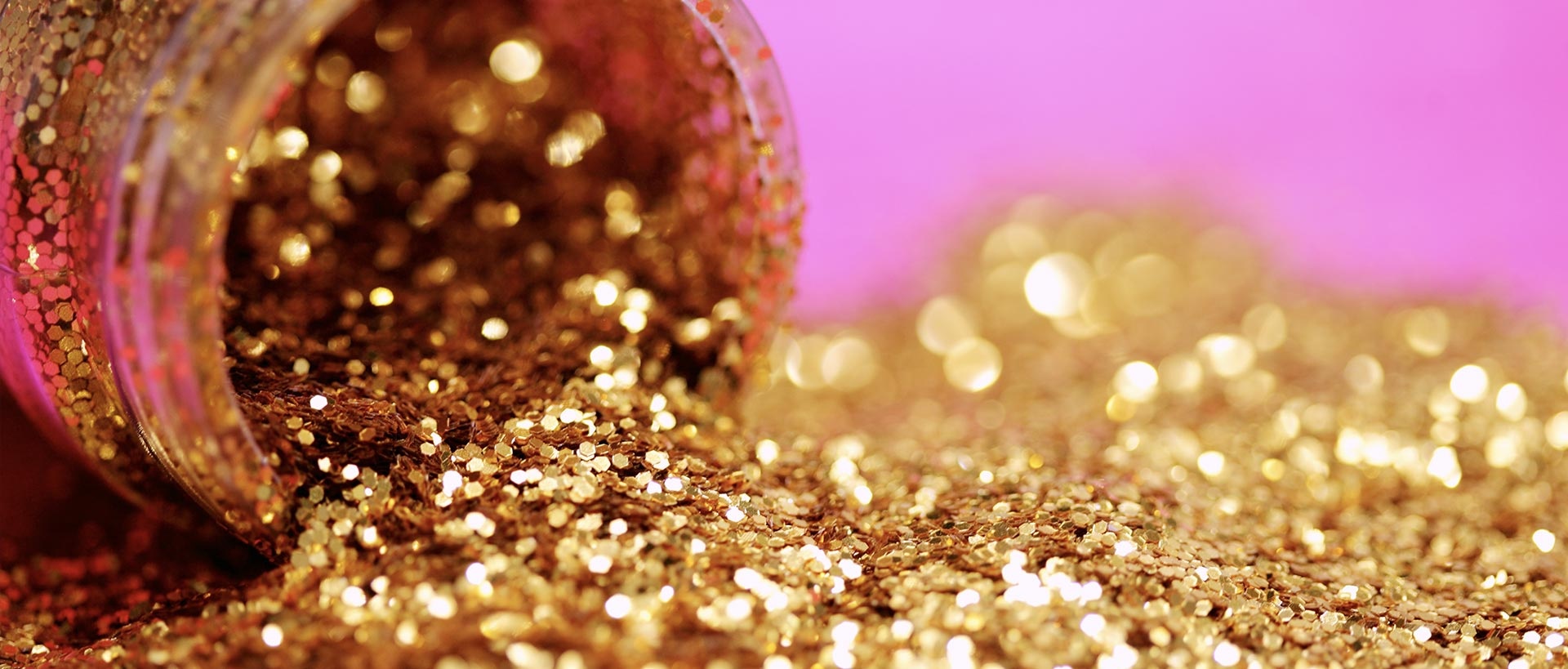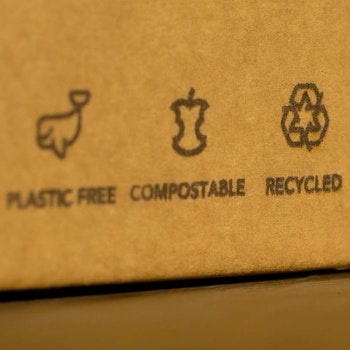
Recently, I began watching the first season of "Dahmer - Monster: The Jeffrey Dahmer Story" on Netflix, which features the story of one of the most notorious serial killers in the US. In Episode 4 - "The Good Boy Box", Dahmer is speaking to the police appointed psychiatrist, exploring his attraction to shiny objects. The doctor says to Dahmer, "Human Beings, men in particular, tend to like our objects shiny. You open a swimsuit issue, women are all wet. It is like we are drawn to it."
This struck me as particularly interesting, as I thought about how we classify gleaming objects in our society as expensive, high quality, sought after, attractive elements - think precious gems and metals, satiny fur coats, glossy marble statues, bright red lips, glistening sports cars and aircrafts - and wondered if that was related to a subconscious attraction, as was alluded to in the "Dahmer" episode, or if that was a conscious association to wealth and luxury?
The desire for shiny objects is not new. There is evidence that prehistoric tribes polished bone tools, and also used ivory, mother of pearl and soapstone to make gleaming ornaments. So why do people like things that glitter? Are things that glitter really gold? Or are they just attractive because of deeper and / or instinctive physical needs? And how can we translate that preference mechanism into product (branding, packaging, messaging) insights and optimizations?
Initially people assume that the attraction to shiny things is related to beauty or visual appeal - pretty objects must be good, right? Research has shown that aesthetically appealing products have been linked to more favorable attitudes, typically leading to higher, more impulsive purchase intent and often commanding a steeper price tag. The more attractive a product is, the more positive affect is induced and stronger emotional responses triggered. But does this really explain why shiny is so appealing? Have we been socialized toward this preference?
Increasingly, researchers are studying the interplay between evolutionary aesthetics, psychology and consumer behavior, with the goal of understanding evolutionary motives in order to provide contemporary insights into consumer decision making processes and preferences.

A research article in the Journal of Consumer Psychology(1) investigated whether the preference for glossy objects was a systematic bias and looked for the mechanism underlying this preference. The paper argues that people's captivation with glossy is "a human universal and has strong biological underpinnings" stemming from our innate need for fresh water as a natural resource. They present six studies performed both with adults and young children that tested their hypothesis; establishing the preference for glossy vs non-glossy materials (in the form of leaflets and pictures), contradicting the possibility of a marked socialization effect and preference stemming purely from visual appeal, connecting the appeal of glossy to the inherent need for water, and finally, that salient water cues can induce a glossy image choice, and are even more pronounced when people are thirsty.
Another research article(2) tested the manipulation of a different shiny material: metal objects (in the form of silver coins and copper bars). They found that people again had a preference for the shiny over the tarnished coins and the glossy over the brushed bars, showing that shininess has a significant direct effect on attractiveness, noting that "these effects were not simply due to perceived quality or implied effort".
These results show that while shininess and glossiness are preferred, people might not always understand this preference themselves, and that visual cues and specific materials can be leveraged to ensure the connection and impact is more pronounced. Think of adding images of water droplets or melting ice to already shiny cans of beer or developing a creative with a body of water as the background.
In a more recent study published by the Society for Consumer Psychology(3), the extent of communicating product benefits with matte or glossy packaging is explored. The outcomes of the research suggest that "learned associations regarding package gloss are created through repeated exposure in the marketplace, which creates expectations regarding the tastiness and healthfulness of packaged foods." They argue that consumers expect that glossy packaged products are perceived as unhealthy (i.e. Chips), whereas matte packaged products are seen as healthier snacks (i.e. Crackers), therefore packaging can elicit healthiness and tastiness inferences, impacting behavior around consumption and choice.

One of their experiments used an Implicit Association Test to understand the relative strength of associations between healthiness and package type, finding stronger associations between healthy foods and matte packaging along with unhealthy but tastier foods and glossy packaging. This indicates that depending on consumer motivations (searching for a healthy snack, for instance), one could overcome the instinct to choose the glossy packaging….but it could also mean that consuming products in matte packaging could give a false sense of being better for you, even if they are not.
There are some additional downsides to glossy presentation, such as how it might affect readability (reflection against a bright light), or conjuring up ideas of greasiness (think fatty foods or oily hair), or how shiny objects are sometimes just too distracting (the Icarus effect). Furthermore, as the online retail marketplace continues to ramp up, it will be interesting to see how marketers are able to moderate the effects of surface gloss on perceptions and behaviors as well as exploring new applications; for instance, because we know that glossy surfaces are associated with water, perhaps using glossy vs matte packaging for products that vary in moisture content, like fresh produce, would indicate something that was more natural and thus better for you?
Ultimately, because of its innate evolutionary attractiveness, people will continue to be drawn towards glistening goods and vessels, with marketing and insight leaders building strategies around how to best harness the light, while navigating around ever-changing consumer trends.
References
- Meert, K., Pandelaere, M. and Patrick, V.M., 2014. Taking a shine to it: How the preference for glossy stems from an innate need for water. Journal of Consumer Psychology, 24(2), pp.195-206.
- Silvia, P.J., Christensen, A.P., Cotter, K.N., Jackson, T.A., Galyean, C.B., McCroskey, T.J. and Rasheed, A.Z., 2018. Do people have a thing for bling? Examining aesthetic preferences for shiny objects. Empirical Studies of the Arts, 36(1), pp.101-113.
- Ye, N., Morrin, M. and Kampfer, K., 2020. From glossy to greasy: The impact of learned associations on perceptions of food healthfulness. Journal of Consumer Psychology, 30(1), pp.96-124.





